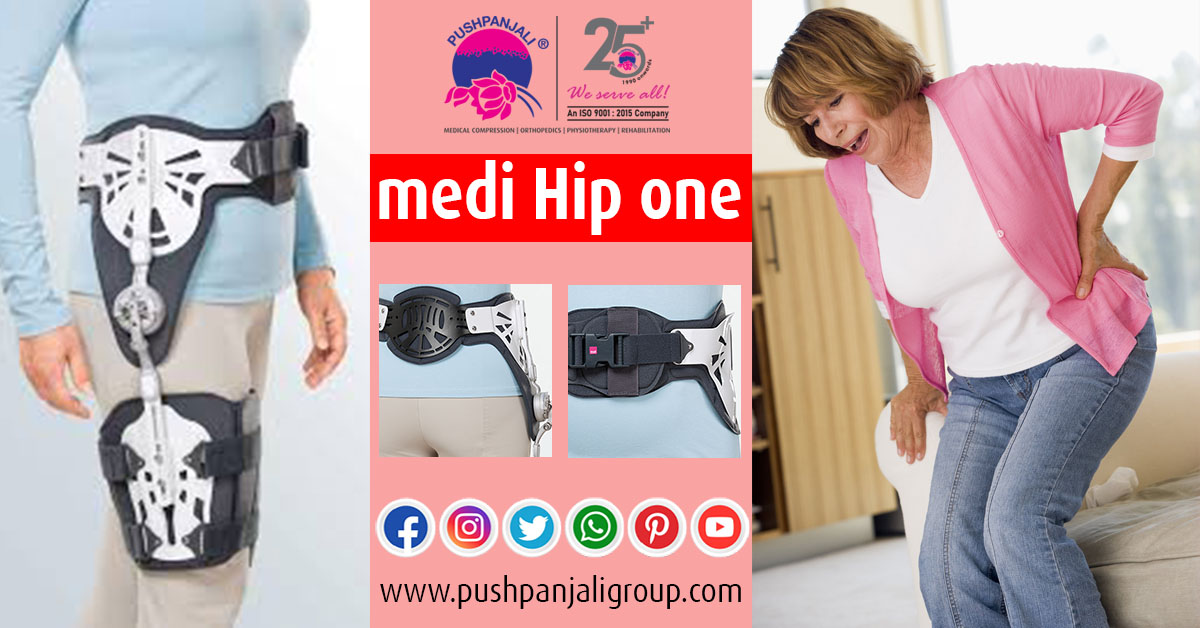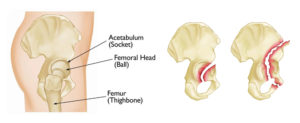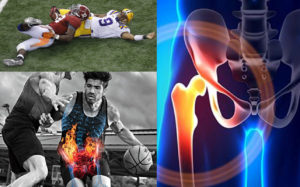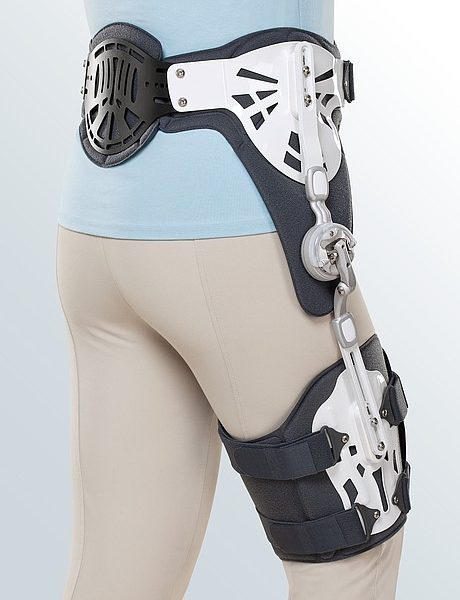Conservative care with hip orthosis for dislocation of the hip joint

Conservative treatment after a break-in acetabular joint or dislocation of the hip joint
A break in the pelvis or acetabulum of the hip joint or dislocation of the hip joint is a common and quite serious injury treated by Orthopaedic Surgeons worldwide. It is to be noted that people of all ages are vulnerable to such injuries that take a long period to the course of recovery. It is especially the older generation who are prone to frequent injury of hip and acetabular joint. It has been studied and proved in addition, some elderly patients with fragile bones given the age, degenerative disorders & osteoporosis (brittleness of bones) develop pelvic fractures and fractures of the acetabulum with a lower impact fall very soon.

Often such incidents occur from a motorbike accident, a bad fall from a staircase due to lack of balance, and the result is a severe trauma that affects the hip mobility and lands you in the hospital. It is also noticed that such injuries also occur from heavy sports activities like soccer, rugby, tennis, and other contact sports.
The acetabulum refers to the part of the pelvis that meets the upper end of the thigh bone (the femoral head) to form the hip joint. In a healthy hip, these two bones fit together like a ball and cup, in which the ball rotates freely in the cup. Cartilage lines the bones where they meet at the joint and there is little friction between the surfaces during movement. It is at this joint the fracture occurs leaving you feeling impaled and immobilized for a long.
Similarly, a traumatic dislocation of the hip occurs when the head of the femur is forced out of its socket located in the hip joint. A major force results in serious dislocation of the hip joint. Car accident, car collision headlong, and a fall from a significant height are major common causes of dislocation of hip that result in other bone fractures along with dislocation requiring immediate medical attention.
A hip dislocation is a serious injury that needs medical emergency treatment. When there is a hip dislocation the femoral head is either pushed backward out of the socket or forward.

There are mainly two types of dislocation:
• Posterior dislocation – In approximately 90% of hip dislocation patients, the thigh bone is pushed out in the backward direction.
• Anterior dislocation – When the thighbone slips out of the socket in a forward direction, the hip will be bent only slightly and the leg will rotate out and away from the middle of the body.
In the case of hip dislocation, the labrum, ligaments, muscles, and other soft tissues holding the bone in place are also damaged. The symptoms of hip dislocation are very painful. Patients are unable to move freely and if the nerves are damaged there may not be any sensation to the lower extremity especially the ankle and the foot.
Studies reveal that motor vehicle accidents/collisions are chiefly responsible for traumatic hip dislocation. Similarly, a fall from a significant height like a ladder or staircase or an accident at an industrial or factory site can generate enough force to contribute to dislocation of the hip.
So under such circumstances, you need emergency treatment that includes surgery. Your Orthopaedic Surgeon will simply diagnose the injury by looking at the position of your leg. As hip dislocation injury occurs with other additional injuries to bones, tissues, ligaments, your doctor will complete a thorough medical examination. Your doctor will suggest various X-Rays, MRI, and imaging tests of the hip joint and bone and the surrounding areas of the hip to detect the exact position of the dislocated bones as well as any additional fractures in the hip or thigh bone.




0 Comments